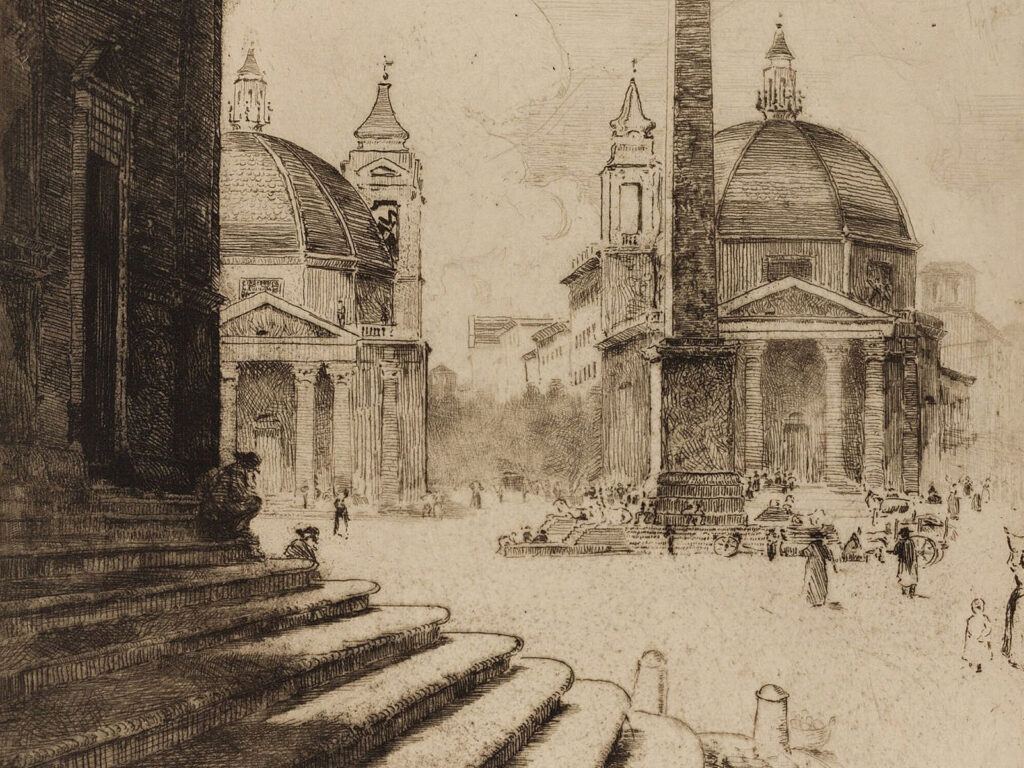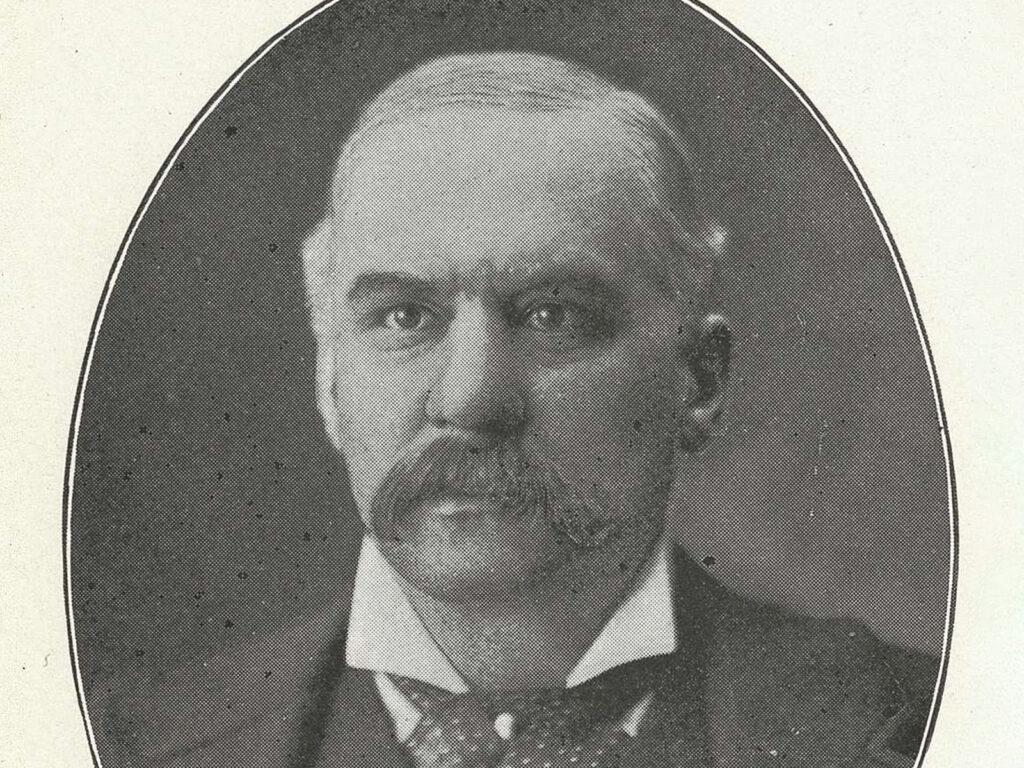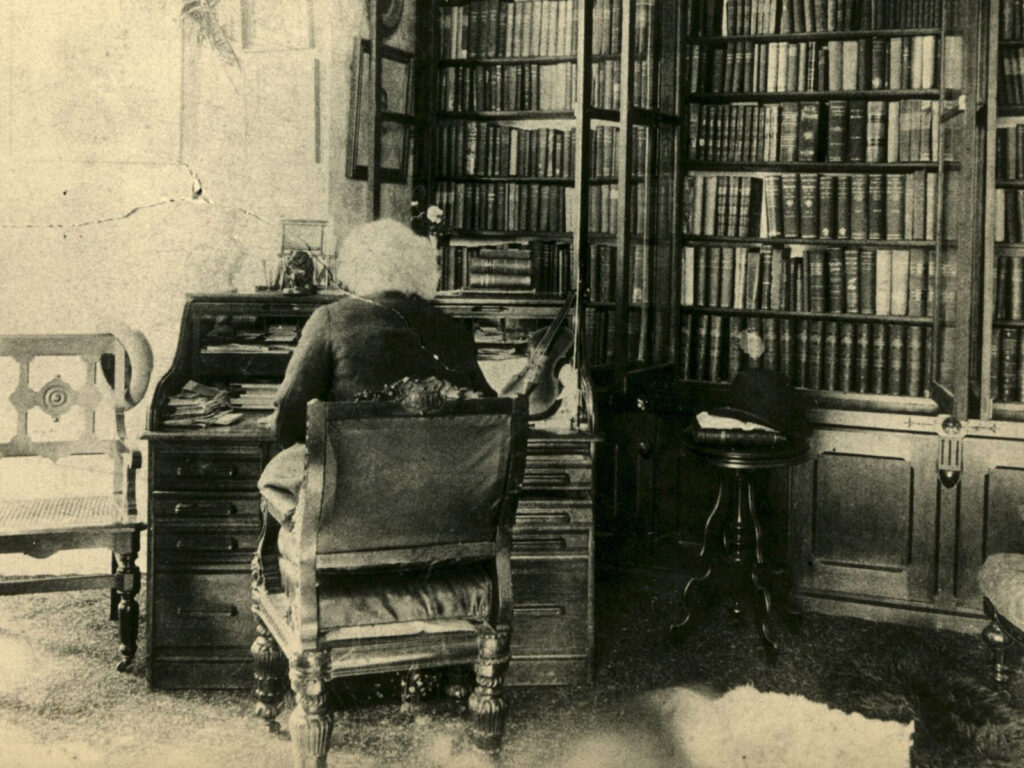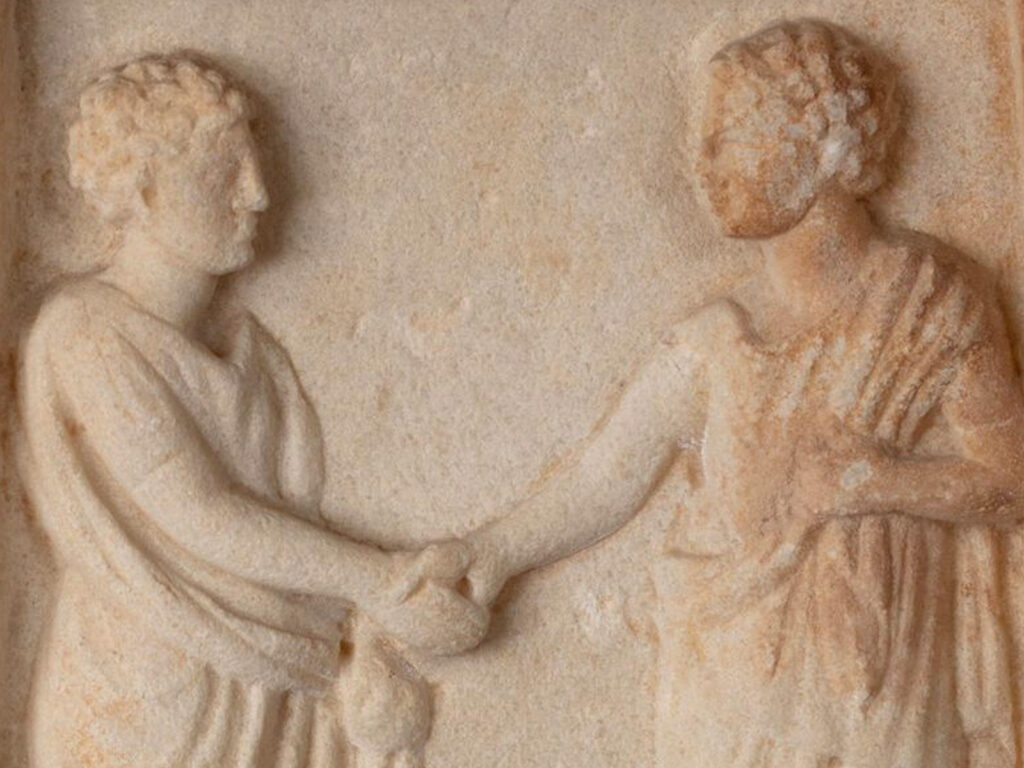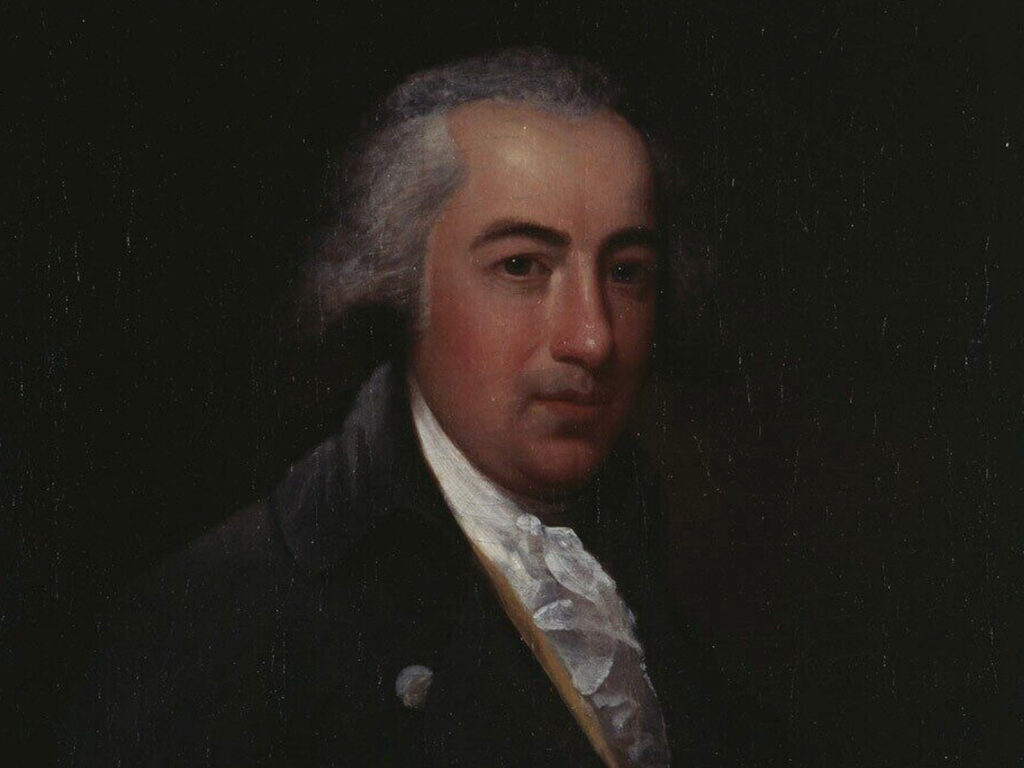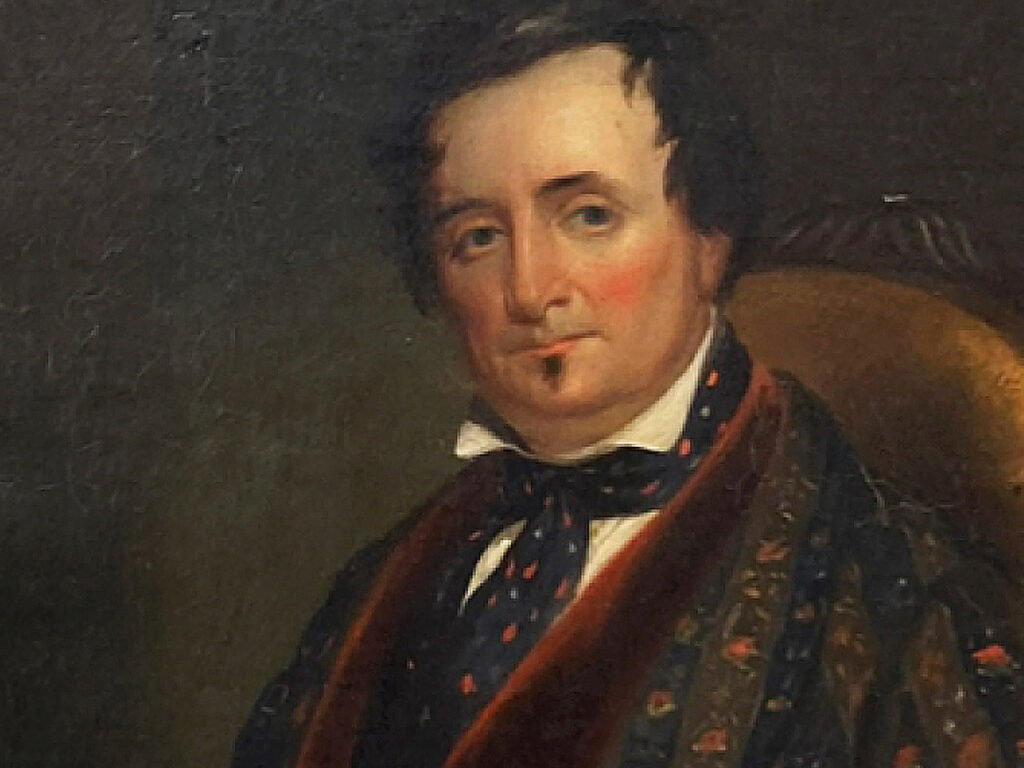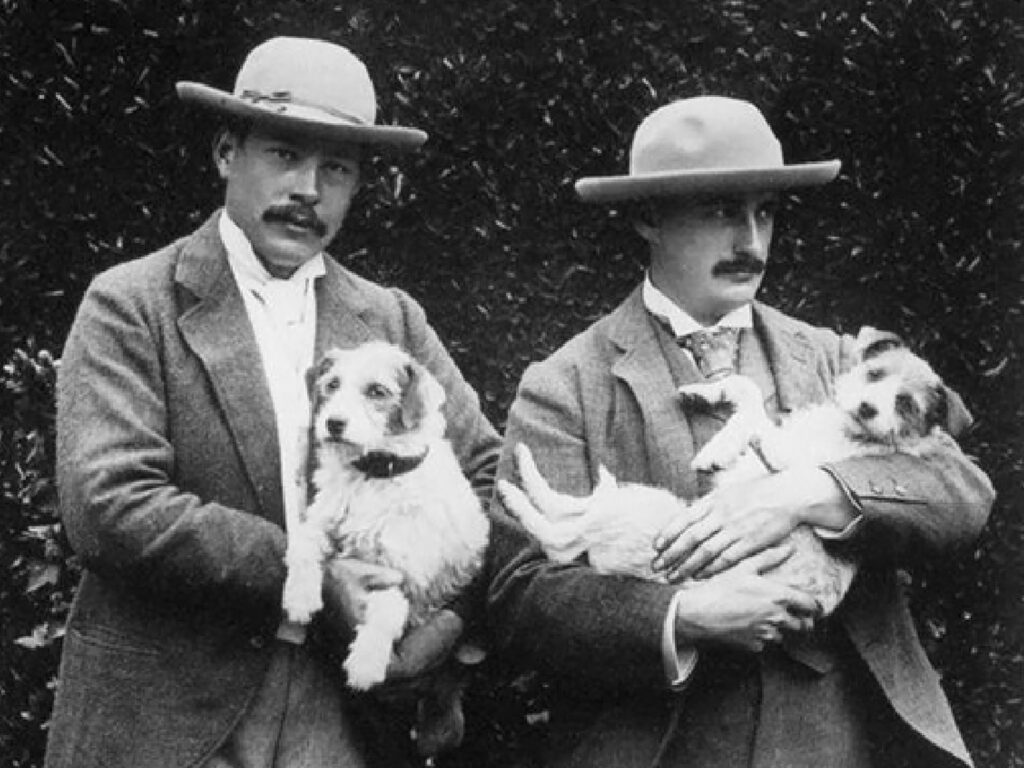Laws regulating the excavation, distribution, and purchasing of antiquities have been evolving for centuries. While the antiquities market dates back to antiquity itself, there was little regulation surrounding the trade of antiquities until the nineteenth century. Antiquities excavation is now regulated by international laws that are the result of a variety of guidelines and conventions that have been adapted over the last two centuries.
Though many factors contributed to individual governments’ sudden rush to protect their antiquities, colonialism played a major role. The presence of diplomats, missionaries, and archeologists in colonized lands created a need for regulation of the antiquities market. Imperialist powers bent on building their empires threatened the safety of antiquities throughout the world. Napoléon Bonaparte’s pillaging of antiquities when sacking Rome is a prime example. Antiquities were yet another resource that the colonizers extracted, with unfettered excavations and lax laws concerning antiquities posing threats to local cultural heritages.
In addition to political control, colonialism helped facilitate the Grand Tour, the customary expedition through Europe associated with the British upper class, which often resulted in antiquities being taken from places like Italy and Greece. These excavated objects often found their way into early museum collections. It is no coincidence that early antiquities laws in the nineteenth century were established on the heels of the founding of major museums, such as the British Museum and Metropolitan Museum of Art. British and American expats amassed their own collections of souvenirs from their tours while establishing a market for antiquities in their home countries. The market’s demand facilitated the supply of antiquities from around the world.
Often due to colonialism, phenomena like state-building, armed conflict, and revolution threatened the physical safety of cultural property. With warfare jeopardizing unprotected antiquities, local governments began making efforts to ensure their cultural heritage would not be impacted. Yet, the relationship between state-building and antiquities regulation went deeper than the desire to protect physical objects. The nineteenth century saw a rise in newly independent nations relying on distinctive cultural histories to create national unity. Countries such as Italy and Greece saw cultural heritage as a source of national pride that could help reinforce national identity. Antiquities laws established national claims to regional culture as well as the physical land where the culture existed. National identity—as well as national borders—could be solidified via national ownership of antiquities.
With this historical context in mind, the first wave of antiquities protections came in the form of the nationalization of excavated artifacts. It is important to note these laws provided a theoretical framework for regulating the antiquities market; in reality, expats, foreign governments, and antiquities collectors found ways around these early regulations. Yet, regions such as Egypt, Greece, Italy, and the Ottoman Empire all attempted to curtail the removal of their culture through legal decrees known as “in the ground laws.” During the Greek War of Independence in the 1820s, revolutionaries worried the Ottoman government would destroy Greek cultural heritage and passed laws stipulating that heritage be protected during the war. After the war, in 1834, the Greek government stated that any antiquities excavated on public land belonged to the government. In 1899, the government again claimed ownership of antiquities excavated anywhere in Greece, from public or private sites.
While many vestiges of Greek history still reside in museums outside of the country, regulation efforts helped establish a precedent for other countries with rich, but vulnerable cultural histories. In 1835, the Egyptian government banned the unauthorized removal of antiquities. Stricter regulations concerning excavations were implemented in 1869, and, in 1874, a new law proclaimed all antiquities still unearthed to be the property of the Egyptian government. Also in 1874, the officials of the Ottoman Empire passed a law regulating the movement of antiquities throughout the empire. The law additionally established the relationship between landowners, the state, and archeological teams from outside of the Empire. In 1894, the Ottoman government claimed ownership of all artifacts discovered at excavation sites. The law mandated unearthed antiquities be sent to the Imperial Museum in Constantinople upon excavation to be evaluated by the museum’s director. Many other countries followed suit and similarly declared their antiquities as national property. Later, in 1909, Italy established public ownership of all archeological discoveries and placed strict restrictions on the removal of antiquities from the country. While all these examples helped provide a patchwork for government regulation of cultural property, it would be decades before a coordinated approach of international laws, bilateral agreement, and governmental decrees would actually curtail the illicit antiquities market.
While the rise of individual governments’ local laws did not stop the illegal export of antiquities, the patchwork approach established a set of guidelines that vested authority in national governments instead of individuals. Following the adoption of these laws, the only way for foreign teams to excavate antiquities was through permanent partage agreements. The partage system allowed foreign teams to finance and conduct excavations if they divided their findings with respective national governments. While nationalization laws and diplomatic agreements made some progress toward establishing a framework for regulation, the illegal export of cultural heritage still flourished as a black market reliant on discretion, connections, and bribery.
The first half of the twentieth century saw wars that threatened cultural heritage around the globe. In the wake of World War II and the widespread looting of art from private and public collections by the Nazis, the United Nations established guidelines for the protection of cultural property, including antiquities. These conventions would help establish a collaborative set of protections agreed upon by most of the international community. The 1954 Hague Convention for the Protection of Cultural Property in the Event of Armed Conflict was an attempt to repatriate cultural property looted during war and safeguard art for the future. Signatories committed to preserving cultural heritage in their own countries and in all others during conflict. This convention enshrined the illegality of cultural property as a wartime causality. While the United States helped draft the Hague Convention, the US Senate neglected to ratify it at the time (the potential restrictions on national security interventions delayed actual ratification until 2009). While an international approach attempted to place blanket protections over vulnerable cultural heritage, independent governments continued to create gaps.
In 1970, the United Nations Educational, Scientific and Cultural Organization (UNESCO) passed the 1970 Convention on the Means of Prohibiting and Preventing Illicit Import, Export, and Sale of Cultural Property. While the 1954 Hague Convention outlined protections for antiquities during wartime, this 1970 approach sought to create a standard for the antiquities market in general—a revival of the nineteenth-century attempts to regulate the export of antiquities. The 1970 convention mandated that cultural property be protected at all times and established definitions of cultural property and guidelines for countries to make their own definitions. The convention also outlined a three-pronged approach for member countries based on preventive measures, restitution provisions, and international cooperation. Signatories were obligated to work together to protect individual nations’ antiquities and curtail the illicit antiques trade. This framework governs much of the antiquities market today. But again, not all countries are consistently cooperative. The United States did not adopt elements of the 1970 Convention until a decade later, when they passed the Convention on Cultural Property Implementation Act of 1983 (CPIA). The CPIA followed some of the guidelines of the 1970 convention but overall took a much more lenient approach to protecting cultural property. The CPIA set up a protection system based on bilateral agreements with individual countries, but when the law was passed, the United States had bilateral agreements with only fifteen percent of the countries bound to the UNESCO Convention. Since then, the US has withdrawn and rejoined UNESCO several times and, as of 2018, is not a member country.
In the beginning of the twenty-first century, laws concerning antiquities further evolved with the adoption of guidelines regulating museums and the acquisition of antiquities. In 2004, the Association of Art Museum Directors (AAMD) established guidelines for the acquisition of archaeological material and ancient art. They revised the guidelines in 2008 and further adapted them in 2013, resulting in the framework we use today. The current guidelines mandate that museums provide provenance proving a respective antiquity was removed from its country of origin before the adoption of the 1970 UNESCO Convention, or legally exported afterwards. The guidelines establish exceptions to these mandates, including weighing the cultural or artistic significance of an object. If museums feel that an exception applies, they must present their reasoning along with the object in the AAMD Object Registry.
Antiquities regulation today is much stricter than the original nineteenth-century laws. Not only are individual countries responsible for protecting antiquity rights, but museums—the final destinations for many objects—are held to strict standards as well. As loopholes still exist for private collections and auction houses, the efforts to curb the illegal antiquities market are far from over. Historical circumstances and an overall lack of records make researching and establishing an individual object’s provenance difficult, and, in some cases, virtually impossible. In most instances, the burden of proof rests on countries of origin. The country making a claim must provide tangible evidence proving that an object’s excavation, transport, or sale violated an established law at the time of the incident. Varying standards for the burden of proof across nations and court systems makes proving an object’s illegal history even more complicated. In addition to the legal route, origin countries rely on diplomatic avenues and government agreements to repatriate contentious objects. For example, in 2017, when the Hobby Lobby chain of craft stores consented to a forfeiture of illicitly smuggled antiquities, the US State Department, along with the Eastern District Court of New York, worked with the Iraqi government to repatriate thousands of objects. Thus, international cooperation is possible and ultimately challenges the illicit antiquities trade. But with evolving threats to antiquities, such as climate change and terrorist organizations, new approaches will be necessary to restrict the illegal export of cultural heritage.


